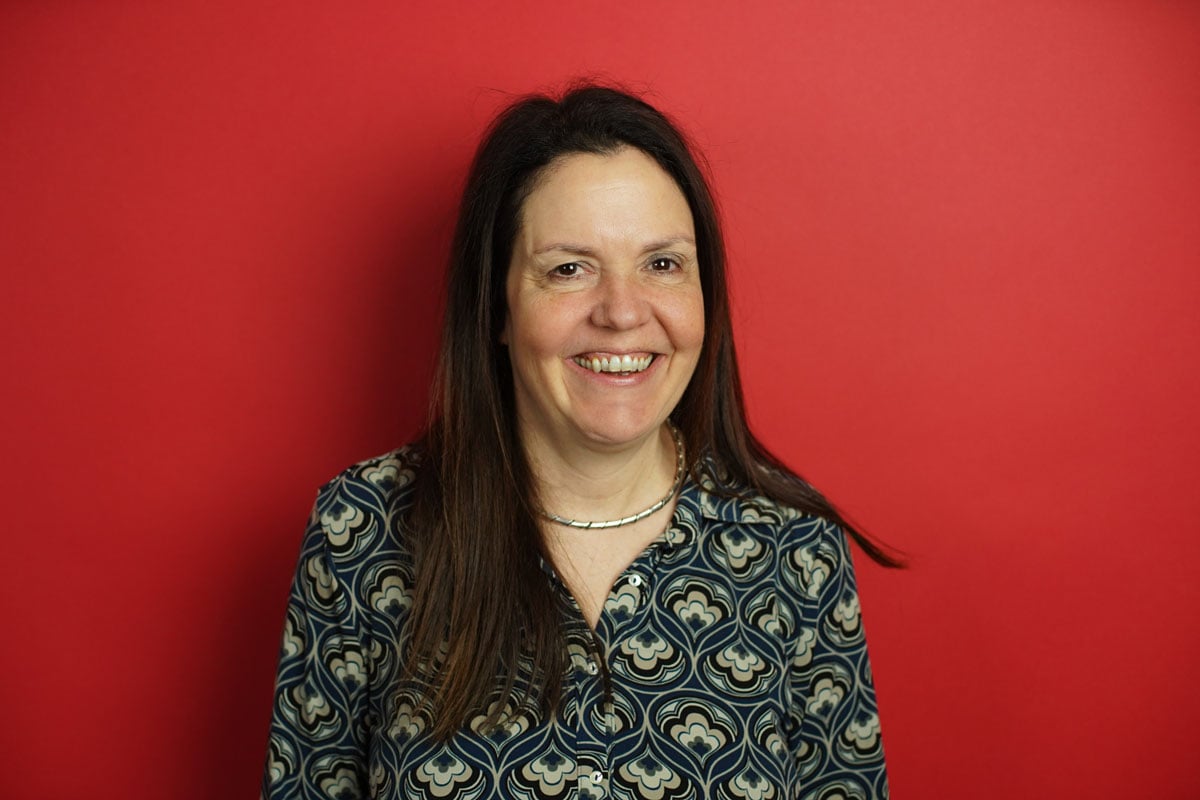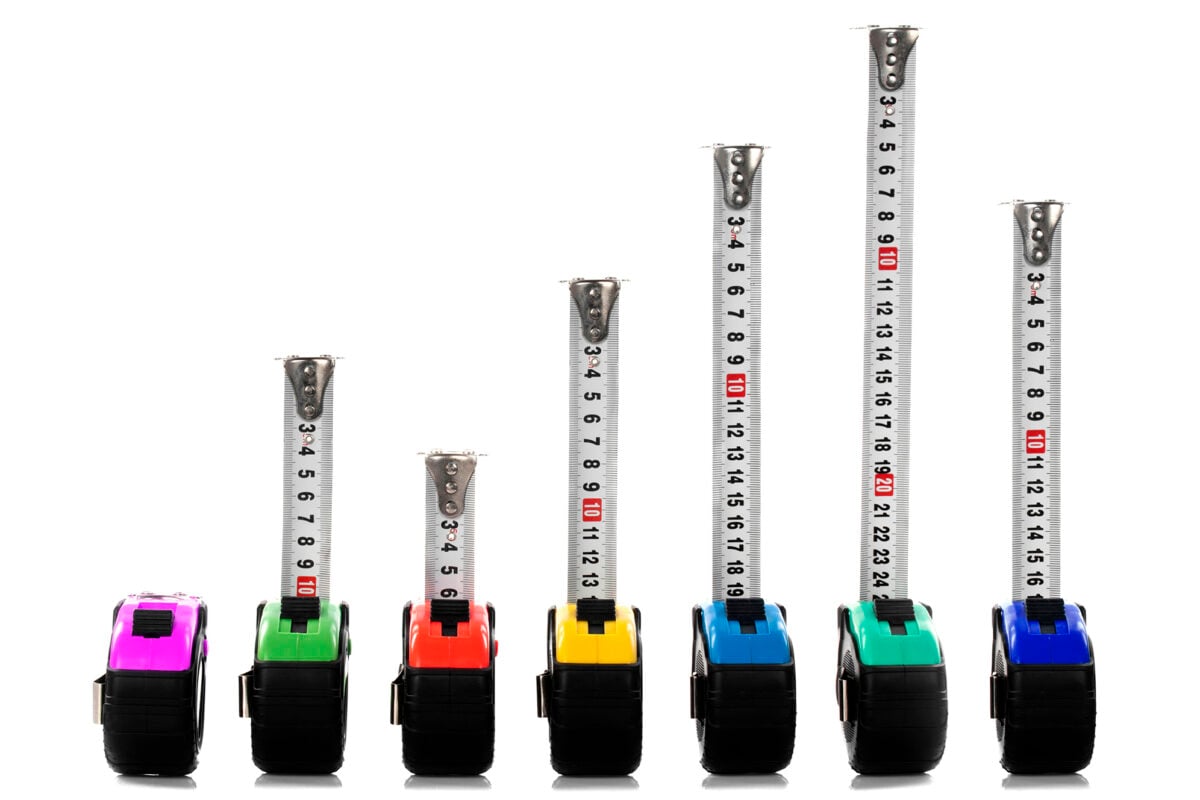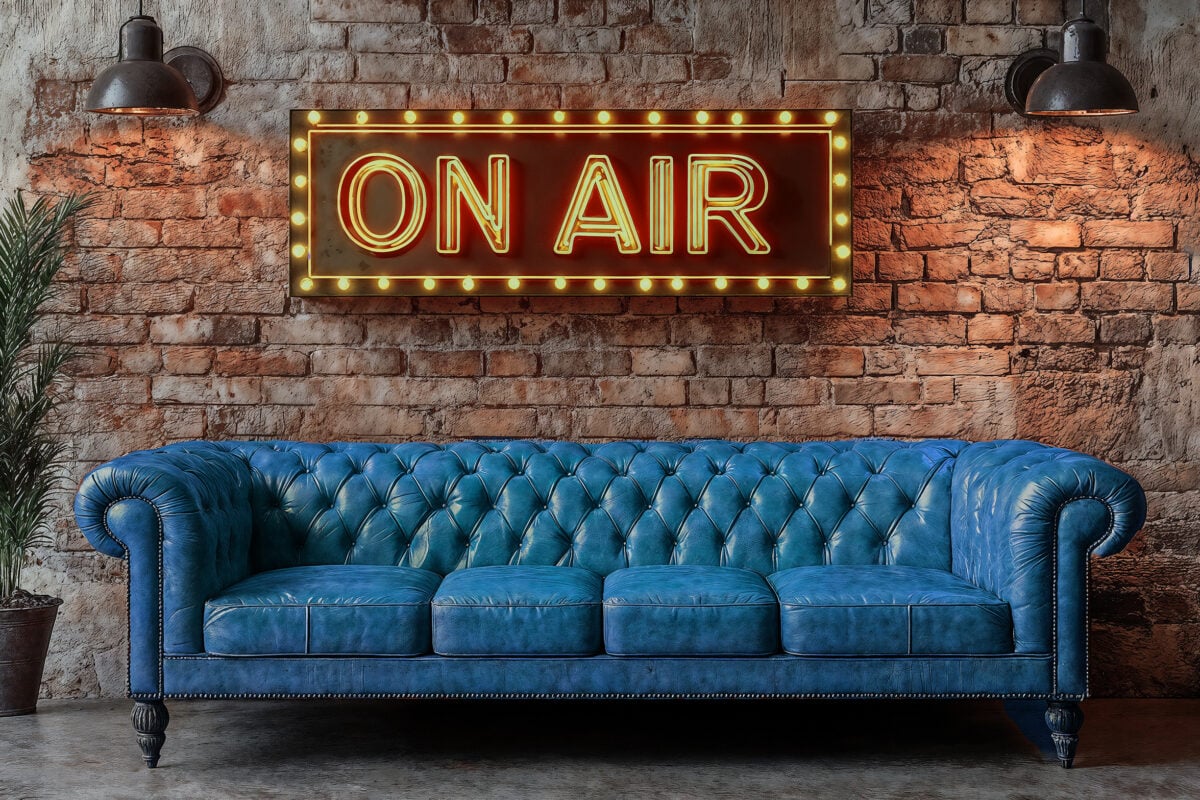Your 22-year-old new hire can scroll through TikTok for an hour, but five minutes into your town hall, they’re already checking their phone. Not because they don’t care, but because the format isn’t engaging. This isn’t a generational flaw. It’s a signal that expectations for communication have shifted.
That’s not a generational dig—it’s a wake-up call. Nobody loves hour-long presentations. Gen Z just stopped pretending they did. And they’re asking you to serve up insights at speed to cut through the complexity with clarity, immediacy and impact.
The speed gap is real
Gen Z employees, who will soon make up 27% of the workforce, process information fundamentally differently. They’ve grown up on 60-second TikToks that pack more insight than most meetings.
But here’s what’s interesting: It’s not just about shorter content. It’s about capturing their attention right from the start. TikTok creators know they have three seconds to hook attention and 30 seconds to deliver value. That means you can’t afford to bury the lede in paragraph three or the key takeaways 15 minutes into the presentation.
Cut the corporate speak
Your message also must feel genuine. Gen Z and other employees can spot corporate speak from a mile away. When your leadership message sounds like it went through seven approval layers (because it did), they tune out the moment it starts to sound overly polished or scripted.
What works? Real people speaking in their own voices. Your best change champions aren’t in the C-suite. They’re the front-line employees who can say honestly: “I wasn’t a big fan at first, but it actually saves time once you get it.” And they’re the ones who add credibility to your leaders’ messages.
The TikTok test
Here’s a simple test: Show your last major announcement to a Gen Z employee for 10 seconds. Can they identify the key message and required action? If not, you may be missing the mark on what employees really need.
This generation thinks in visuals, stories and sound bites. They want infographics over paragraphs, videos over memos and step-by-step visuals over detailed instructions. Not because they can’t handle complexity, but because they’ve learned to prioritize efficiency.
What does this mean for your next town hall? Try one compelling visual per key point instead of slide after slide of bullet points.
Build community and conversations
Perhaps most importantly, Gen Z expects to be part of the conversation. They’re used to commenting, responding and reshaping content in real time. One-way communication strategies are starting to feel outdated.
Smart organizations are building feedback loops into everything—quick polls during presentations, comment threads on announcements and informal video responses from leadership. Yes, it helps get their attention, but it also gets them to share their perspectives and ideas.
Beyond generational stereotypes
Here’s the plot twist: These aren’t just Gen Z preferences. They’re increasingly everyone’s preferences. Even managers who have never spent 60 seconds on TikTok are asking why the quarterly report can’t be more visual and why the strategy update can’t get to the point faster.
Gen Z didn’t create these expectations in a vacuum—they’re responding to an information-rich world where attention is precious and clarity is king.
The reality check questions
Time for an honest assessment of your internal communication:
- Are your employees hooked right from the start?
- Is your main idea conveyed in less than 60 seconds?
- Do you invite dialogue?
- Are you optimizing for both clarity and engagement?
If you’re answering no to one or more of these questions, you’re missing out on opportunities to connect with your people more effectively.
The real opportunity
The organizations getting this right aren’t just improving internal communications—they’re creating engagement and accountability by helping employees quickly understand what matters, contribute valuable insights and do meaningful work.
Your 22-year-old new hire isn’t asking you to dumb down your message. They’re asking you to keep it real and relevant.
It’s okay to make additional information available on demand, as long as you remember that a lot of people just want the highlights. And if you do that well, everyone benefits.
So the next time you’re planning that town hall, remember: It’s not about cramming everything in. It’s about making your time together count.
[1] https://www.forbes.com/sites/jackkelly/2025/04/01/gen-zs-takeover-and-redefining-the-workplace/





